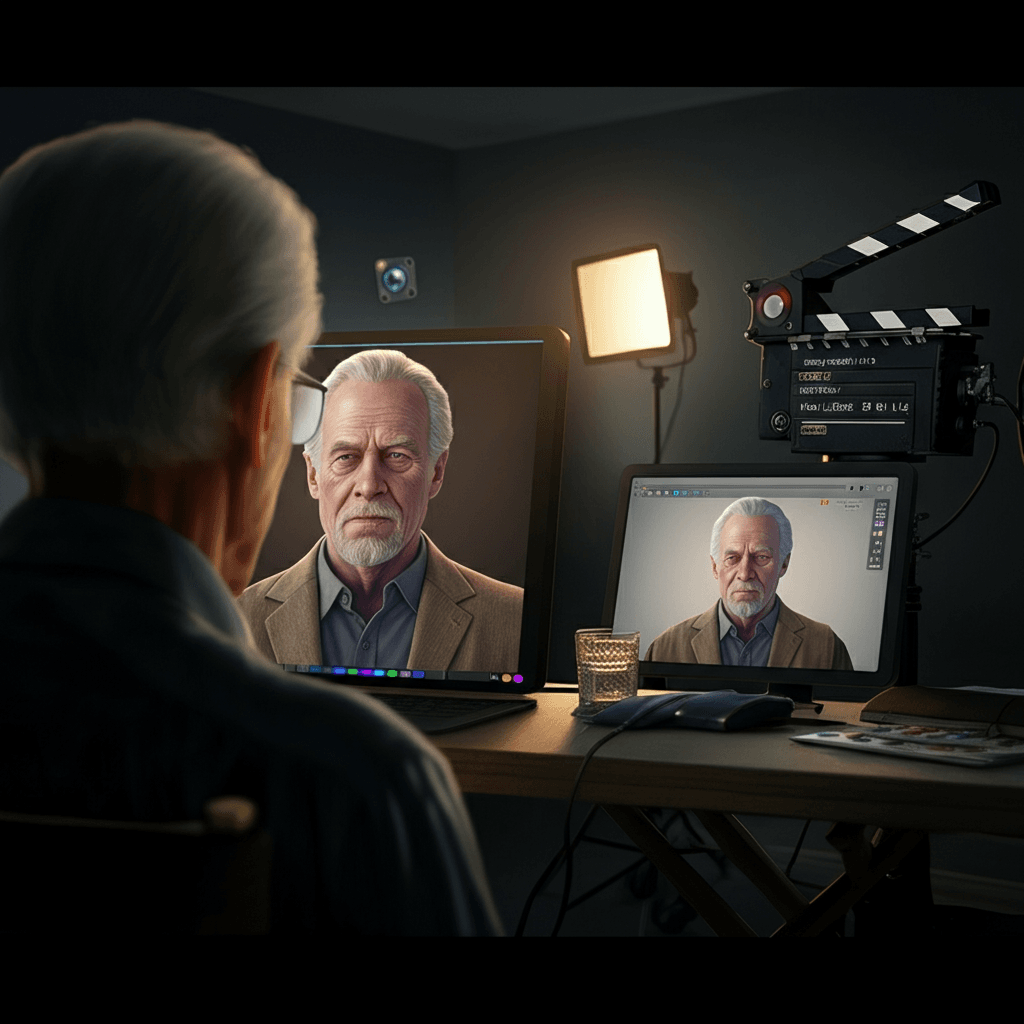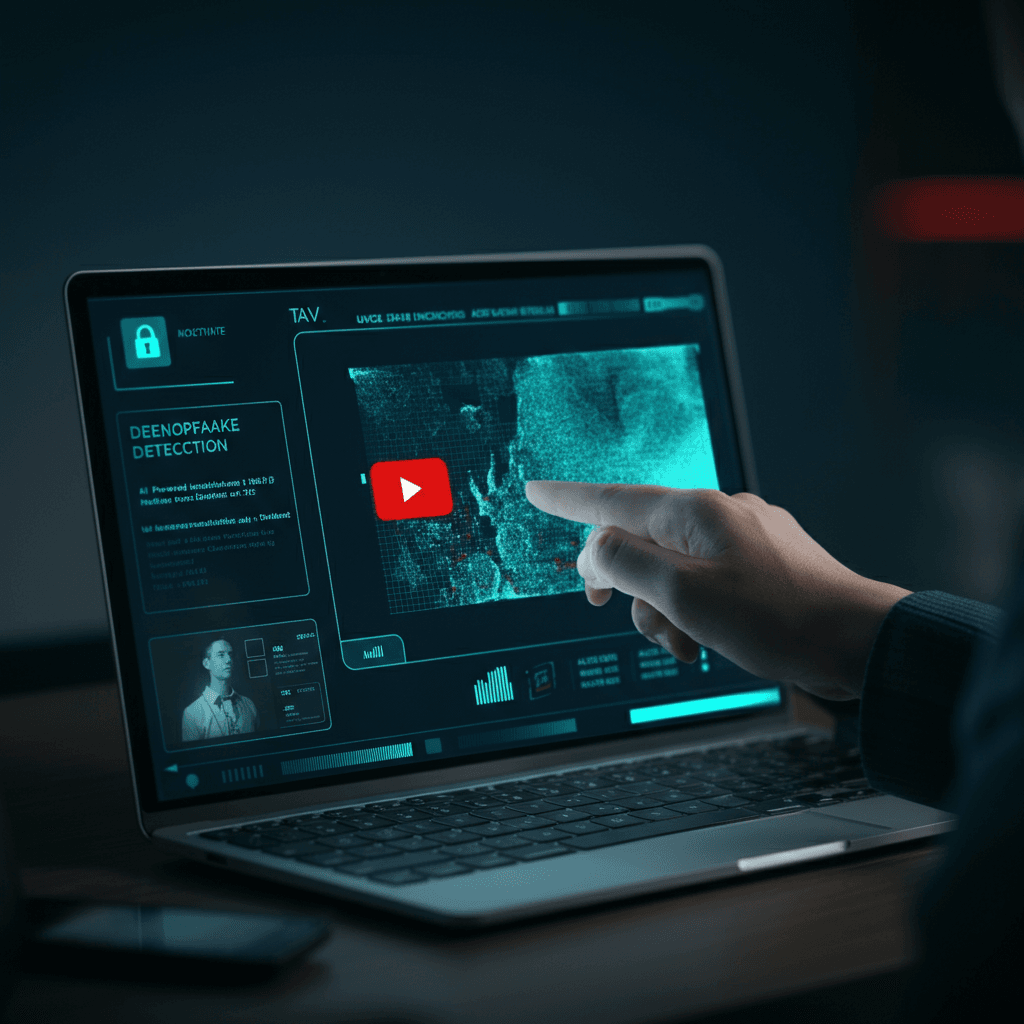Deepfake technology has come a long way from its early years as an experimental novelty. The rapid growth of deepfake material and its profound implications on society cannot be overlooked. By 2024, it has become a mainstream tool in industries ranging from entertainment to education. Yet, the same innovation that enables creative storytelling and personalized experiences has also sparked heated debates about ethics, privacy, and misinformation. Those who marvel at its possibilities also recognize the dangers it poses in the wrong hands.
This article explores the rise of deepfake technology, its applications in various domains, the controversies it inspires, and the tools being developed to detect and counteract its misuse. We’ll also look ahead to what the future holds for this powerful yet polarizing technology.
The Evolution of Deepfake Technology
Deepfakes are synthetic media created using artificial intelligence, particularly deep learning techniques, to manipulate existing images, videos, or audio. The term “deepfake” is derived from “deep learning” and “fake.” While early iterations of deepfake technology required specialized technical skills, modern tools have made creating hyper-realistic digital forgeries accessible to almost anyone. The exponential growth of deepfake technology over the past few years has led to a significant increase in the number of deepfakes shared online.
Significant advancements in AI-powered generative models like Generative Adversarial Networks (GANs) have fueled the rapid evolution of deepfakes. GANs enable machines to learn from vast datasets and generate content that mimics real-world visuals and sounds with eerie precision. Neural networks, particularly within GANs, play a crucial role in creating and detecting deepfakes, highlighting the ongoing arms race between generators and discriminators. This progress has allowed deepfakes to become lifelike, raising the stakes for both their creative uses and potential abuse.
Creativity and Innovation Powered by Synthetic Media
Despite the controversies, deepfake technology has unlocked new possibilities in creativity and innovation. It is being embraced by several industries in ways that enrich content and experiences.
Media and Entertainment

The entertainment industry has quickly adopted deepfake technology to create stunning visual effects and revive lost characters. One of the most publicized examples is the use of deepfakes to digitally de-age actors or recreate deceased performers on screen. Films like Rogue One featured the late Peter Cushing, brought back to life through deepfake-like processes.
Deepfakes have also become a tool for dubbing and localization in global films. By altering facial movements to match the voices of foreign-language voice actors, deepfakes make dubbed versions of movies appear more natural, enhancing viewers’ experiences.
Education and Training
Educators and trainers are leveraging deepfake technology to personalize learning experiences. For instance, AI-generated avatars of famous historical figures can deliver lectures, making educational content more engaging. These applications are especially valuable in e-learning, where personalization plays a key role in improving outcomes.
Similarly, businesses use deepfakes in training simulations to recreate realistic scenarios. For example, customer service training may include deepfake-generated virtual customers interacting naturally, helping employees refine their skills in realistic environments.
Marketing and Advertising
Brands are experimenting with deepfakes to generate dynamic, personalized advertising campaigns. Using AI, companies can tailor content to individual audiences at scale. A famous example is David Beckham appearing to “speak” nine languages in a malaria-awareness campaign. The star’s voice was convincingly re-synthesized thanks to deepfake technology, driving the campaign’s message globally.
The Controversies Surrounding Deepfakes
While the creative benefits are undeniable, deepfakes have ignited intense debates about privacy, security, and ethical boundaries due to the significant risks they pose, such as defamation, harassment, and misinformation. The very properties that make them versatile also contribute to their growing misuse.
Disinformation and Misinformation
One of the most alarming uses of deepfakes is their role in spreading misinformation. By altering videos of public figures, bad actors can fabricate statements or actions that never occurred. These fake videos, if circulated widely, have the potential to influence elections, incite violence, or damage reputations.
The deepfake detection challenge is crucial in combating misinformation and protecting democratic integrity. This initiative, involving major tech companies, aims to enhance algorithms for identifying manipulated content, as deepfakes raise significant concerns regarding trust and authenticity in media.
For example, in 2020, a deepfake that appeared to show Ukrainian President Volodymyr Zelensky urging citizens to surrender during the conflict with Russia briefly caused social media chaos. While the forgery was quickly debunked, it underscored how impactful and damaging such videos can be in tense geopolitical contexts.
Non-Consensual Use
Deepfake pornography is perhaps the darkest and most disturbing misuse of this technology. AI algorithms are often used to superimpose someone’s face onto explicit content without consent. High-profile incidents involving celebrities brought this issue into the spotlight, prompting calls for regulatory measures.
However, it’s not just public figures who are at risk. Non-consensual deepfake pornography targeting private individuals is rising, leading to severe mental distress and reputational harm. This misuse highlights the urgency of addressing deepfake ethics and accountability.
Threats to Trust
The proliferation of deepfakes erodes trust in digital content. The increasing prevalence of deepfakes online raises significant concerns related to misinformation and privacy. People may become skeptical of legitimate videos and audio recordings, a phenomenon termed the “liar’s dividend.” This skepticism could make it easier for wrongdoers to dismiss authentic evidence as fabricated.
Legal and Ethical Challenges
The rapid growth of deepfakes has outpaced the development of legal and ethical frameworks to address their misuse. Legislative efforts, such as the Deepfakes Accountability Act, aim to protect national security by addressing the risks posed by deepfakes. Governments and organizations are grappling with questions of how to regulate deepfake content without stifling innovation. Striking this balance remains a significant challenge.
Counteracting Deepfakes with Deepfake Detection Challenge Tools
The growing threat of malicious deepfakes has spurred research and development into tools that can identify and combat them effectively. Several cutting-edge solutions are emerging to address this challenge.
AI-Powered Deepfake Detection

Ironically, AI itself provides one of the most effective defenses against deepfakes. Tools like Microsoft’s Video Authenticator analyze visual, audio, and textual cues to identify manipulated media. They detect inconsistencies such as irregular facial movements, unnatural shadows, or mismatched audio.
Blockchain Solutions

Blockchain technology is being explored as a way to verify content authenticity. By embedding metadata about the origin, source, and editing history of digital media, blockchain systems ensure that users can trace the provenance of a video or image. Adobe’s Content Authenticity Initiative is an example of how blockchain can be applied in digital verification.
Watermarking Techniques
Digital watermarks provide another layer of defense. Tools like Truepic use invisible markers embedded in visual content, allowing users to verify its originality easily. However, while effective, these techniques cannot prevent manipulations directly; they only help identify them after the fact.
Public Awareness and Education
Raising awareness about deepfakes is vital for curbing their misuse. Media literacy campaigns help individuals better recognize and question manipulated content. By encouraging skepticism toward unverified media, these educational efforts empower consumers to combat disinformation.
Combatting Deepfakes in the Entertainment Industry
The entertainment industry has been significantly impacted by the rise of deepfake media, with many celebrities and public figures being targeted by manipulated content. Deepfake videos and audio recordings of celebrities can be damaging to their reputation and career, creating significant challenges for the industry.
One of the most concerning aspects is the potential for misinformation and the erosion of trust in media. Fake videos of celebrities saying or doing things they never did can spread rapidly online, leading to public confusion and mistrust. To combat this, the entertainment industry has started to adopt deepfake detection technology to identify and flag manipulated media. AI-powered tools analyze visual and audio cues to detect inconsistencies that may indicate a deepfake.
In addition to detection, some companies are using digital watermarks to verify the authenticity of media content. These invisible markers can be embedded in videos and images, allowing for easy verification of their originality. This approach helps to maintain trust in legitimate content while identifying manipulated media.
Public awareness campaigns are also crucial in the fight against deepfakes. Educating people about the risks of deepfakes and how to identify them can empower audiences to question and verify the content they encounter. The entertainment industry is actively working to raise public awareness through various initiatives and collaborations with media literacy organizations.
Moreover, the industry is collaborating with lawmakers to develop legislation that addresses the challenges posed by deepfakes. This includes laws that criminalize the malicious use of deepfake technology, such as creating deepfakes for harassment or misinformation. By working together, the entertainment industry and policymakers aim to protect public figures and the general public from the harmful effects of deepfake content.
The potential for election interference and the spread of misinformation through deepfakes is another significant concern. To mitigate these risks, the entertainment industry is investing in new technologies and strategies for detecting and preventing the spread of deepfakes. This includes developing more advanced AI tools and collaborating with social media platforms to monitor and remove harmful deepfake content.
In conclusion, the entertainment industry is taking a multi-faceted approach to combat the challenges posed by deepfakes. By leveraging technology, raising public awareness, and working with lawmakers, the industry aims to protect the integrity of media content and maintain public trust.
The Future of Deepfake Technology
Looking ahead, the future of deepfakes lies in addressing ethical concerns without stifling creativity. Policymakers, technologists, and activists are coming together to establish guidelines and frameworks that promote responsible use while limiting harm.
Stricter Regulations
Governments worldwide are moving to regulate the use of deepfake technology. Laws criminalizing malicious use, such as deepfake pornography or electoral disinformation, have already been implemented in several jurisdictions. However, enforcement will require international cooperation, as digital forgeries often transcend borders.
Protecting Privacy
Tech companies developing deepfake tools are being urged to integrate safeguards that prevent misuse. This includes requiring user consent before any likeness is digitally replicated. By placing ethical boundaries at the core of innovation, developers can reduce instances of harm.
Balancing Innovation and Accountability
Despite its risks, deepfake technology holds great promise in fields like medicine, gaming, and personalized experiences. Striking a balance between unlocking its creative potential and minimizing harm will shape the trajectory of this technology in the coming years.
Final Thoughts
Deepfake technology represents both the heights of human innovation and the depths of ethical dilemmas. Its applications in entertainment, education, and marketing exemplify its creative potential, but its misuse for harm and deception cannot be ignored. By investing in detection tools, implementing stronger regulations, and fostering a culture of responsibility, we have the opportunity to harness the power of deepfakes for good while curbing their risks.
The challenge lies in ensuring that this technology evolves as a force for creativity and progress rather than a tool for chaos and exploitation.
